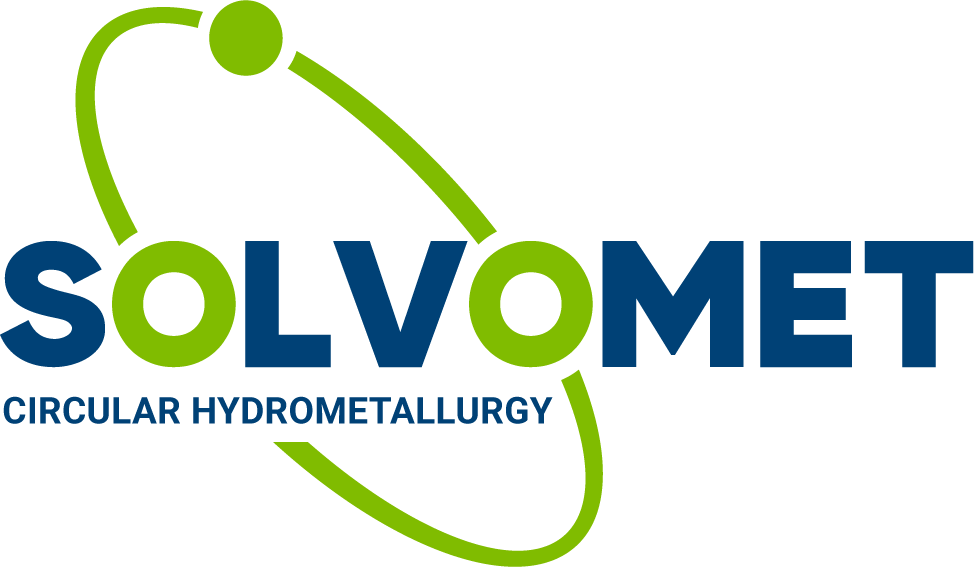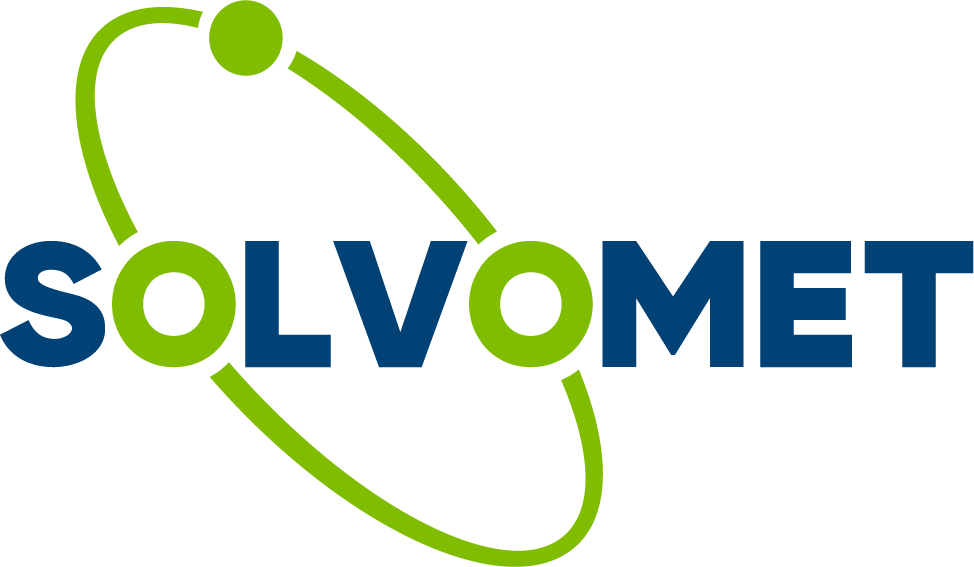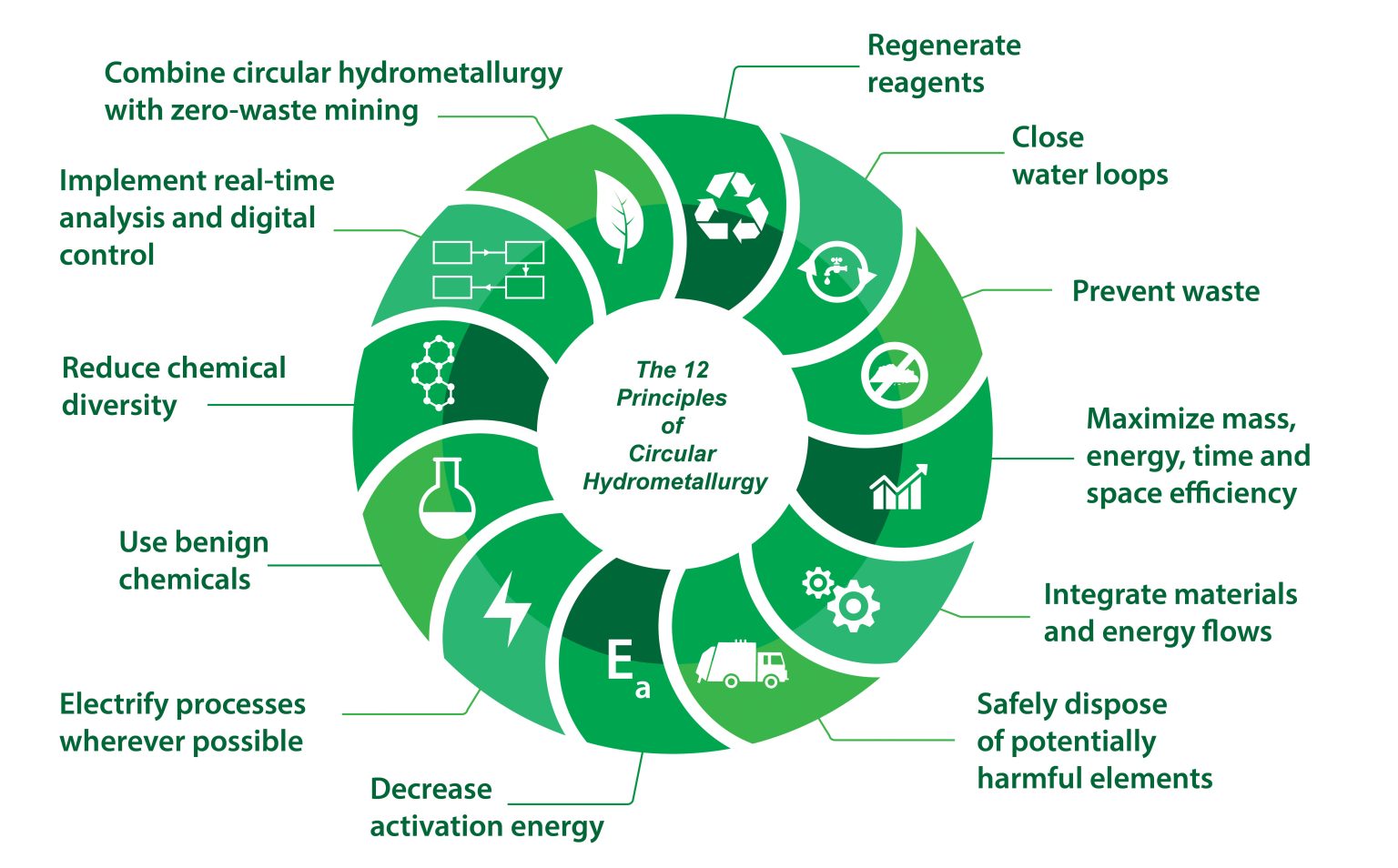Circular Hydrometallurgy
SOLVOMET & Circular Hydrometallurgy
Circular hydrometallurgy is the area of hydrometallurgy that focuses on the design of energy-efficient flowsheets or unit processes that consume a minimal amount of reagents and produce virtually no waste. It entails a different way of thinking about how hydrometallurgy is practiced, both for primary mining and recycling processes. Circularity refers to the regeneration and reuse of all the reagents in a process. This not only includes acids or bases used for leaching or pH control, but also any reducing agents, oxidising agents and other auxiliary reagents.
In addition to minimising the consumption of chemical reagents, the consumption of water and energy must be reduced to an absolute minimum. Deeply influenced by the concepts circular economy, eco-efficiency, green chemistry and green engineering, circular hydrometallurgy embraces the philosophy of “doing more with less”, providing a compass for future R&D in the field of hydrometallurgy.
As a guiding framework of how circular hydrometallurgical flowsheets can be designed, a cohesive set of principles has been developed and published by SOLVOMET: i.e., the Twelve Principles of Circular Hydrometallurgy. These principles are design rules to help metallurgical engineers in achieving the goal of circularity in hydrometallurgy.
Koen Binnemans and Peter Tom Jones, The Twelve Principles of Circular Hydrometallurgy, Journal of Sustainable Metallurgy 9(1) (2023) 1-25. Download from here (link: The Twelve Principles of Circular Hydrometallurgy | SpringerLink)




